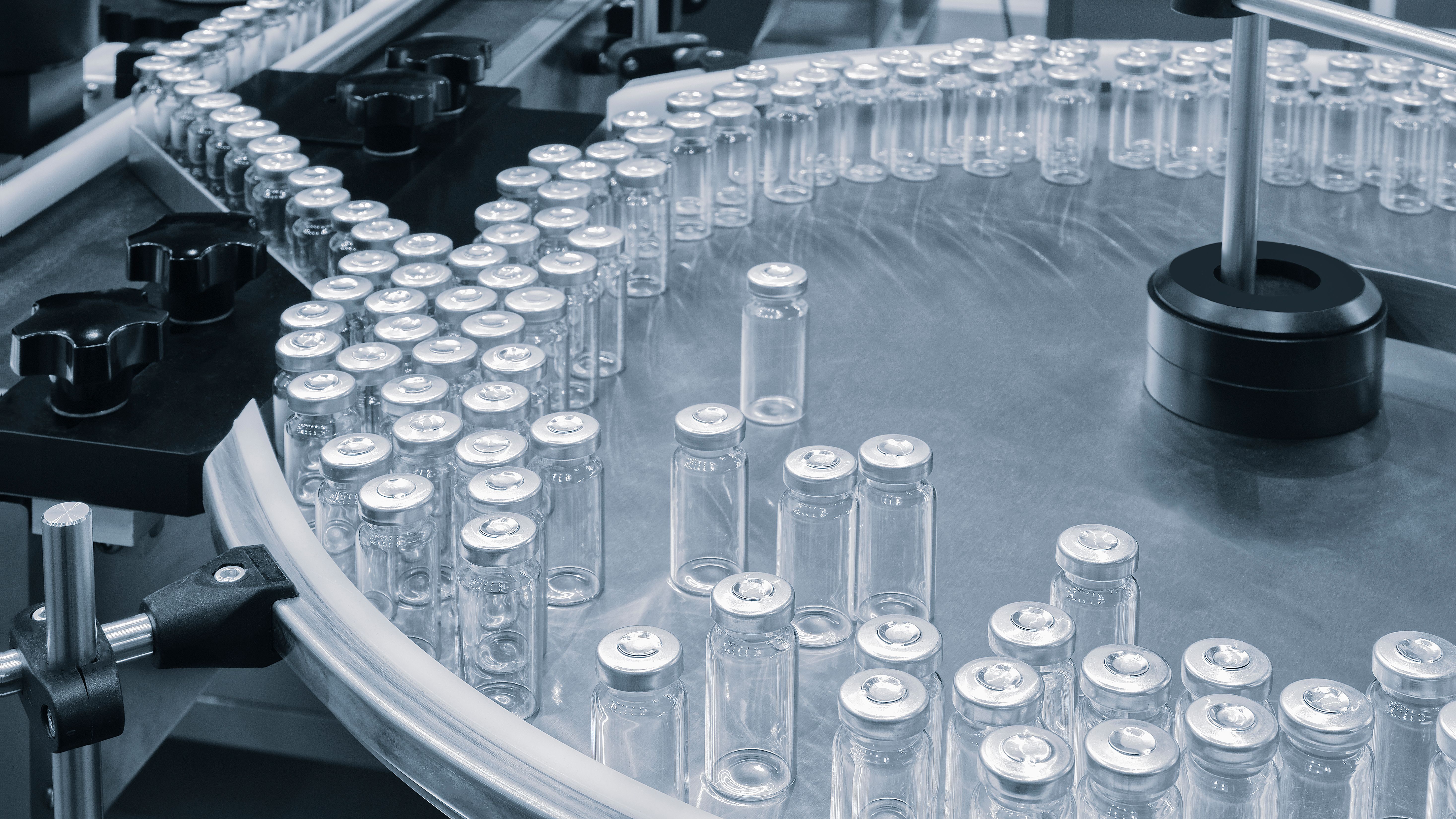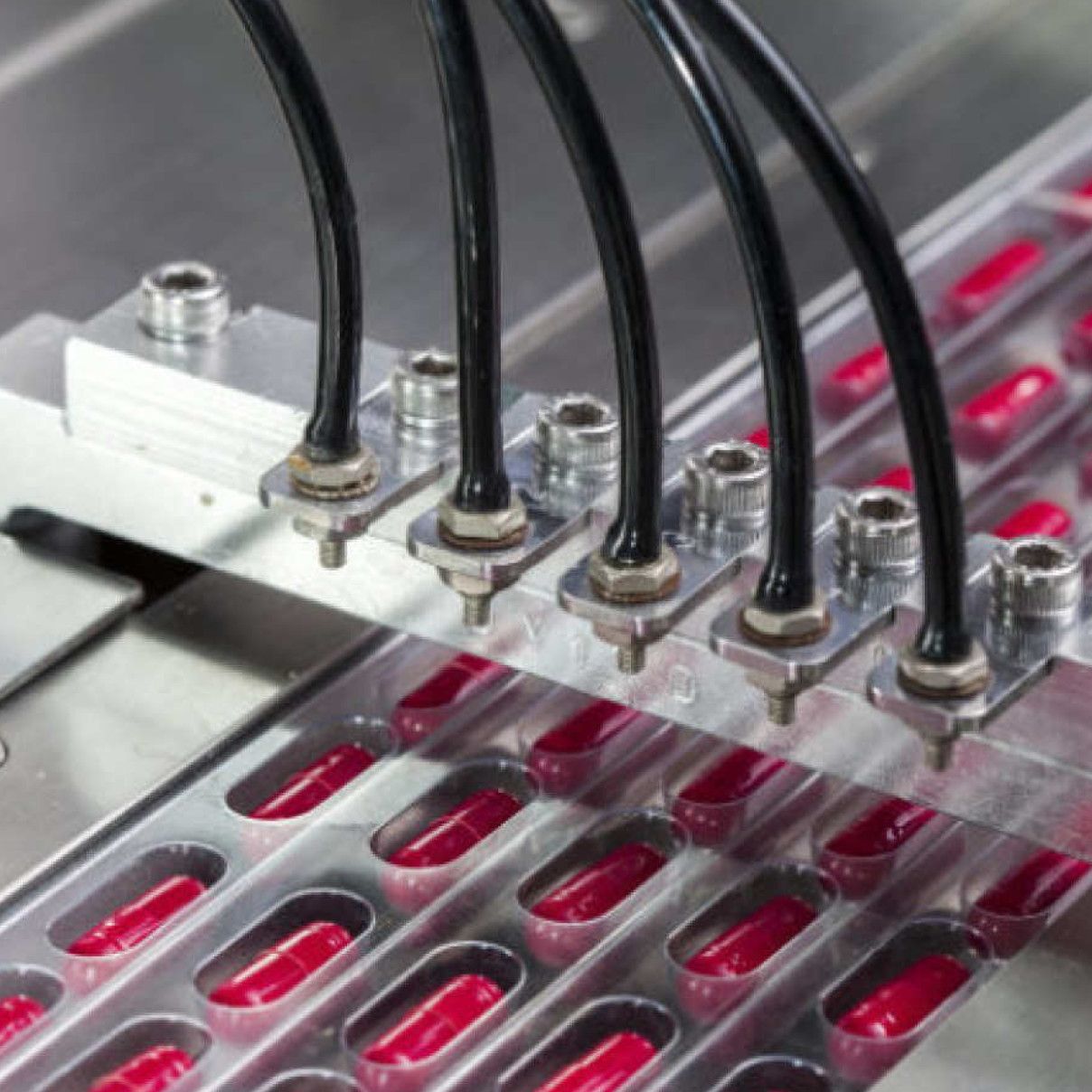
This theme includes research on understanding and predicting the solubility of drug compunds and their crystallisation behaviour including structure prediction and physical stability. Experimental work is being conducted alongside modelling work to develop a framework for peptide crystallisation. The team is developing methods to estimate the propensity of peptides to crystallise and predict critical characteristics of drug molecules such as solubility and crystal structure. The solid state phase of active pharmaceutical ingredients will be investigated by using crystal structure prediction techniques.
See below for more information about the research projects within this Workpackage.
Principal Investigators
- Dr Jerry Heng (Workpackage Leader)
- Prof Amparo Galindo
- Prof George Jackson
- Prof Claire Adjiman
- Prof Costas Pantelides
Researchers
- Dr Jesus Algaba, Post Doctoral Research Associate
- Dr Tom Lindeboom, Post Doctoral Research Associate
- Dr Isaac Sugden, Post Doctoral Research Associate
- Malak Wehbe, PhD Researcher
- Stefanos Konstantinopoulos, PhD Researcher
- Yizu Zhang, PhD Researcher
- Hamish Mitchell, PhD Researcher
- Leticia Sander de Almada, PhD Researcher
1.1 Solubility prediction for charged compounds
- Solubility prediction for charged compounds
- Crystal structure prediction for drug and process design
The principal investigators involved in this project are:
- Prof Amparo Galindo
- Prof George Jackson
The researcher involved in this project is:
- Miss Malak Wehbe, PhD Researcher
Crystal Structure Prediction (CSP) is a powerful tool to predict crystal forms for chemical entities; however CSP is often run in isolation from experimental investigations within the pharmaceutical industry. The first aim of this research project is to develop a new workflow that will integrate the knowledge acquired through experimental investigations into CSP. This integration has the potential to transform the usefulness of this tool in gaining a greater understanding of the risks and options during drug design processes.
Polymorphism is a phenomenon that occurs in many organic and inorganic substances and it refers to the ability of molecules to crystallize into more than one crystal structure. Properties of different polymorphs, such as solubility, bioavailability and mechanical strength, may vary tremendously. Therefore, a deep understanding of polymorphism is of fundamental importance within the pharmaceutical industry. The second aim of this project is to develop a novel methodology for identifying different polymorphs of a given compound at ambient conditions of temperature and pressure. This will allow polymorphs to be identified by performing free energy calculations of large and flexible molecules relevant to the pharmaceutical industry. This project will allow the analysis of potential polymorphs and their relative stability in silico, leading to more effective drug manufacturing processes.
Hydrates account for a third of organic crystals in the Crystal Structure Database (CSD) and for around three-quarters of pharmaceutical compounds with bioactivity. The state of hydration of an active pharmaceutical ingredient can significantly affect its solubility, dissolution rate and therefore its bioavailability. This project will also aim to assess the current energy models for hydrate prediction, identify the sources of errors for modelling and report different sets of parameters for hydrates and their predictive capabilities.
The project will also aim to extend Crystal Structure Prediction methods to the modelling of salts.
The principal investigators involved in this project are:
- Prof Claire Adjiman
- Prof Costas Pantelides
The researchers involved in this project are:
- Dr Isaac Sugden, Research Associate
- Mr Stefanos Konstantinopoulos, PhD Researcher
- Mr Yizu Zhang, PhD Researcher


